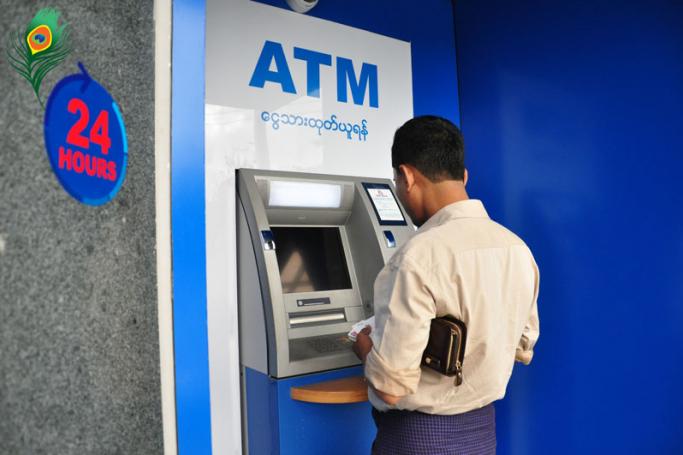A national financial switching system for Myanmar was officially inked between Myanmar Payment Union (MPU), FPT a leading technology corporation from Vietnam and the National Payment Corporation of Vietnam (NAPAS) at the Melia Hotel in Yangon.
Present at the July 31 ceremony were Vice President of Myanmar U Myint Swe, Deputy Prime Minister of Vietnam Mr. Vu Duc Dam, Deputy Governor of the State Bank of Vietnam Mr. Nguyen Kim Anh and Governor of the Central Bank of Myanmar U Kyaw Kyaw Maung.
Under the agreement, FPT acts as the investor for the implementation of software, hardware, operation and other technical support for the project. NAPAS, an FPT strategic partner, takes the role of co-investor. MPU invests in infrastructure and run the business operation in its existing market.
The first phase of the project is expected to begin in early 2017. During this phase, MPU will get the past experiences and best practices of NAPAS and FPT to ensure a successful transition to an advanced payment switching system.
Although there are now over 2,000 ATMs, nearly 6,000 POS and about 1.8 million bank cards that have been issued in Myanmar, most of transactions are still being made in cash. The deployment of a national payment switching system will help Myanmar accelerate the process of evolving from its cash payment system to electronic payment solutions. The new payment system will be implemented for typical banking services such as ATM, POS, E-Commerce, other value added services for mobile devices, EMV and electronic billing.
The contract to implement a national financial switching system for Myanmar was signed between MPU and FPT on July 4, 2016. The business model is revenue sharing and the system will be completed within a year and FPT will be a technical partner and investor for the following 10 years.
The project is expected to kick off in August 2016 and be put into official operation in early 2017.
You are viewing the old site.
Please update your bookmark to https://eng.mizzima.com.
Mizzima Weekly Magazine Issue...
14 December 2023
Spring Revolution Daily News f...
13 December 2023
New UK Burma sanctions welcome...
13 December 2023
Spring Revolution Daily News f...
12 December 2023
Spring Revolution Daily News f...
11 December 2023
Spring Revolution Daily News f...
08 December 2023
Spring Revolution Daily News f...
07 December 2023
Diaspora journalists increasin...
07 December 2023
Myanmar Suu Kyi supporters blocked from campaigning in Thailand












